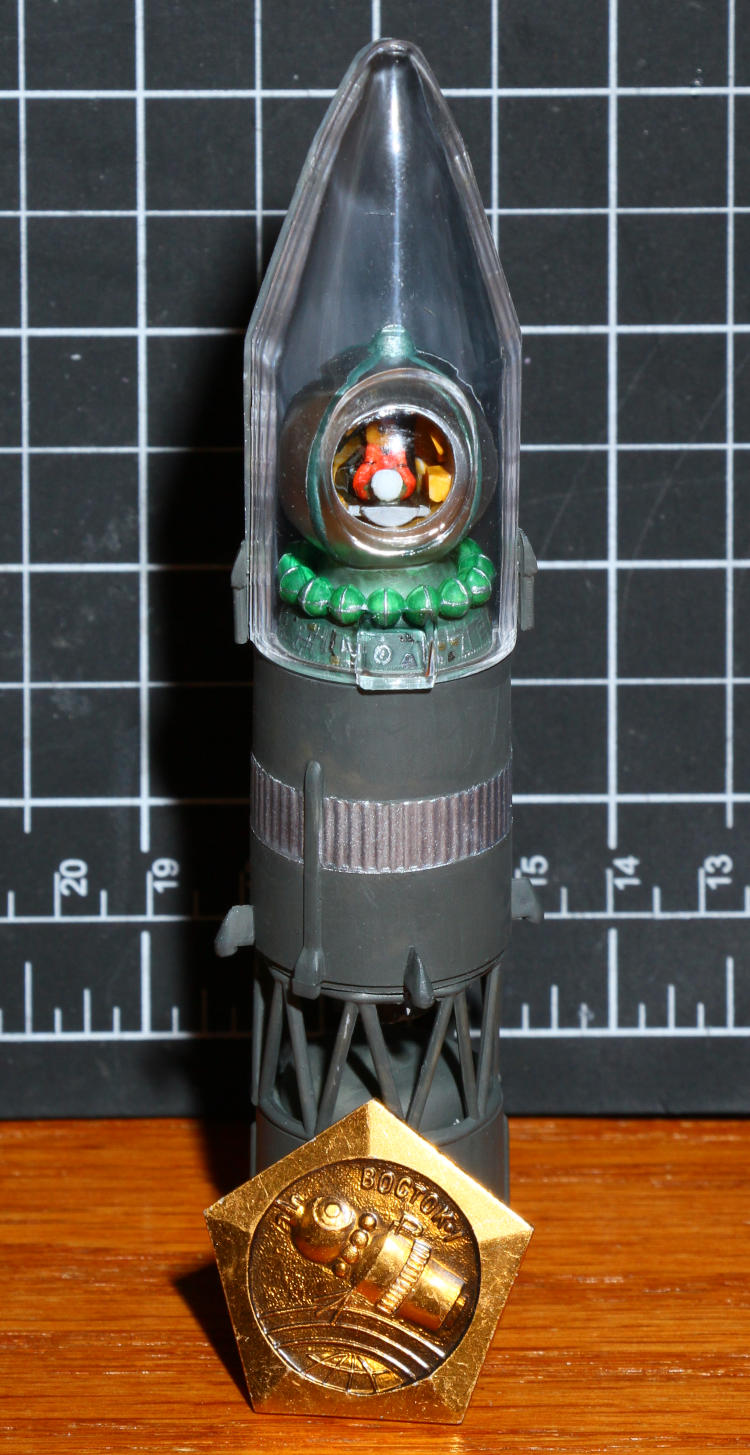Still not photography-related, this is mental focus, like part 1 and part 2. This is, I believe, the last of them.
So in part 1, we looked at jumping to conclusions and not having any kind of solid background info, and in part 2, we looked at the protests that sprouted up because of this. Now we’ll look at the overall attitudes that have been getting far too prevalent in this country, and the actions sparked by them.
With a lead-in like that, you already know that I’m not in favor of them, and I’ll be blunt right off: I find “Wokeness” to be nonsense – not that I’m dismissive of being inclusive, unbiased, or active within social advancement, but from the standpoint that far too many of those who adopt the term and cause haven’t any fucking idea what they’re doing or how to go about it.
Let’s start with something mentioned in the previous posts, tightly aligned with the protests, which was the vandalism of various statues across the country, but really, this practice had been going on for long before George Floyd’s death. It has become fashionable to target statues et al that depict historical figures who lack a spotlessly clean, morally acceptable life, in the apparent belief that these depictions encourage and promote those unclean aspects. And, of course, that the removal of such now promotes healthier social attitudes.
To begin with, vandalism in the name of any cause yet remains vandalism; while we may not approve of some (apparent) message of any given monument, plaque, building name, or what-have-you, acting illegally kinda subverts the whole “squeaky-clean” image that we claim to be promoting, especially when a little patience and campaigning may be enough to have the responsible parties alter them willingly, which might indicate that they agree with our goals and ideals, rather than forcing them upon others, which as I said before, is just shy of fascism.
Or it might not indicate agreement at all, and we’ll get to that shortly.
More to the point, statues and memorial naming and all that really don’t have the impact that activists seem to imagine – we’re getting into the pop psychology angle where everyone else is impressionable, easily swayed into adapting or altering their worldview when they see a bronze bust, and of course nowhere near as edumacated as we are about them – it’s the common-as-muck attitude that ‘people’ are far too stupid. But bluntly, no one in the history of the fucking world ever looked at a statue and flip-flopped their stance, on anything. In most cases, no one has the faintest clue why these things even exist unless they’ve received a bit of background in the first place, actually learning about what they were intended to represent and/or exemplify. That’s kind of the point: we may see such things and wonder, What’s so great about this person? – hopefully enough to actually find out.
The intention and the reality are usually two different things, though. Feel free to poll any decent number of people and ask them to even name all four presidents on Mt Rushmore, and then the specific policies or accomplishments that they’re recognized for. This is one of the most prominent and well-known monuments in the US, so everyone should know these, right? Yeah.
Even when fully explained, such things are rarely if ever capable of changing minds. By a huge margin, people seek validation for their pre-existing beliefs, not any form of guidance. The history of any given figure, if it fails to align with their present worldview, will most often be ignored wholesale. People do not ever change their minds quickly or easily, and usually are not even amenable to the attempt – this is an admission of ignorance or failure on their part. Changing minds takes a lot of time and effort, and in most cases people will only give credit to themselves for it.
Furthermore, no one, not a single person throughout history, has a perfectly acceptable history, background, personality, whatever – especially not when seen through the moral glasses we currently wear. It would be ludicrous to expect that anyone was so magnificently perfect as to not have some distasteful aspect of their lives, no matter what or when, but doubly ludicrous to expect them to conform to the ethics yet to come in the future. If this is our goal or expectation, then we need to bury ourselves alive, immediately, in order to avoid any potential for gross hypocrisy that will inevitably come along. And we’ll already be too late, so who are we to judge, being such imperfect vessels ourselves?
Even worse, this prerequisite of a pristine background in order to be allowed to exist in the historical record hews disturbingly close to the old “one drop” rule, the historical guideline regarding racial distinction, where any vestige of ‘black’ ancestry rendered someone ineligible for voting rights, fair legal treatment, adequate schooling, and even their own freedom. Outward appearance wasn’t trustworthy; one must present an unsullied family history or risk being branded as a subhuman, as if there was such a thing as a ‘clean’ bloodline and that this actually made a fucking bit of difference to anything. Now of course, if we allow imperfect, unclean historical figures to be learned about by our schoolchildren, they’ll become imperfect themselves, and pretty soon we’ll all be imperfect. And then we wouldn’t be able to draw such distinctions…
We don’t record history to show how perfect we are. We don’t record it to demonstrate how we made the right choices all along the way; both of those are mythological concepts (as history aptly shows.) We record, and learn from, history simply because it’s what happened – good or bad, right or wrong, inspired or foolish, it’s simply the facts (at least, insofar as we didn’t have any mooks in the past that thought they needed to sterilize or editorialize the record.) We aren’t born perfect with the need to remain this way or fall from grace; we learn from mistakes, and preferably not our own. We learn from seeing the consequences of given actions or attitudes, and can only make reasonable, informed decisions by being informed in the first place, by knowing that the end result will almost certainly be this, because we’ve seen it before. That’s the intrinsic value of recording it in the first place, and when we choose to erase or sanitize such things, we eliminate that value, that immune system that we built up over time by succumbing to poor decisions – even if they seemed (or actually were) right at the time.
It’s probably a good idea not to idolize anyone at all, and to move away from the concept of ‘the person’ and towards the concept of ‘the idea’ – or goal, or philosophy, or accomplishment, or whatever we were recognizing about the person in the first place. It’s not Thomas Jefferson that we should be learning about, promoting, recognizing, or encouraging, but a lot of the (damn good) ideas and policies that he put forth – that’s what we really need to know. But in some cases, the person was responsible not just for the idea, but for their efforts in bringing those to adequate attention, establishing them, fighting for them, and so on – a good idea isn’t even an idea unless it reaches someone else. And in a lot of the situations regarding statues and memorial naming and so on, that’s the concept that was and is being put forth – not idolatry, but the recognition of special effort and accomplishment above the norm, and the huge number of people that benefited from it.
There’s a certain level of irony in the protestors and activists who don’t want a nasty message getting out to the vulnerable public, while utterly failing to recognize the message in the first place. Thanks, guys.
There’s a far more insidious aspect to the ‘Woke’ movement, however, currently rampant on college campuses but spreading rapidly: it’s the ‘cancel culture,’ the disallowing of speakers that are not approved of, the cleaning of books and libraries, and most especially, the eradication of the ‘white male privilege’ and ‘systemic racism.’ We’ll tackle these one at a time.
First off, one of those ideas established by many of those memorialized with statues is free speech; it’s one of the principle standards of freedom within this country (and many others.) We are all able not only to hold whatever opinions we wish, but to express them at will. It says nothing about needing approval of the majority of the country, or even of hyperactive college students, and in many ways, it is intended to allow or even encourage alternative ideas, things outside of the mainstream or social norm. There are restrictions of course, mostly having to do with causing harm to others, and these will remain contentious and subject to refinement as we discover the variety of ways that people can be provoked towards detrimental actions. Those circumstances will never diminish the value of open expression, and most especially the value of accepting and coping with open expression. Which really isn’t that hard; grown adults that can deal with traffic lights can handle opinions contrary to their own.
Preventing this, in any way, shape, or form, is censorship. Full stop. The only people who have ever had to resort to censorship are the ones who could never convince the public that their own ideas were better – we can still find those examples in our history books. But the ability to discuss and debate different points of view, to weigh the pros and cons, to examine and understand the rationale behind any given topic, is the only way to discover improvements – or, establish that none is needed. This was the direction we once attempted to move our politics in, with little success, and unfortunately the public arena is too often taking a cue from politicians and becoming completely juvenile – actually, bratty – in its approach.
Now we come to sanitation, which has taken place in one manner or another throughout history. Access to ‘damaging’ information, distasteful points of view, and previously held social attitudes must be removed at all costs, even from older animated cartoons, lest we devolve into… really, I have no idea what most of the activists think we’ll become. The very fact that all of the activists themselves were raised under these very influences seems to have escaped attention; either that, or they believe they’re special and immune to the mental/social viruses to which all others will succumb.
Again, this is censorship, the eradication of free speech (or its sister, the free press.) It isn’t enough to permit people access to all views and let them decide for themselves as if they had working brains; perish the thought!
But more to the point, the entire concept is beholden to facile and ludicrous pop psychology, the idea that exposure to any such tidbits is capable of altering people’s minds and worldviews, a belief that has yet to find any support from any scientific or sociological study in existence. I mean, think about it: every last activist has had full and unfettered access to the values and reasoning behind free speech, and the perils of censorship, so obviously this exposure cemented those ideas in their minds, right?
As I type this, there’s a lot of fuss about ‘racist’ depictions of Asians in some of Dr. Seuss’ books, and the eradication of numerous Looney Tunes cartoons and characters from any form of public access. I’ve addressed the idea of caricatures in an earlier post, so I encourage you to go there so I don’t have to retype those points, but to be brief, no one has shown any support at all for the idea that caricatures are in any way harmful. It’s assumed that resorting to some racial stereotype, like a conical reed hat or towing a rickshaw, or some cartoonist’s technique like depicting ‘closed’ eyes to indicate the epicanthic fold found in most Asian cultures, is damaging, somehow making Asians silly or backwards or something unhealthy, but even expressing this distinctly begs the question of how, exactly? And of course, no one can offer any solid evidence that it provokes this response in the slightest.
Nor has there been much of any attempt to differentiate stereotypes and caricatures intended for humorous or illustrative purposes from those that might actually have a negative message. Cartoonists and graphic artists often have to illustrate a label or trait to get an idea across efficiently, and let’s be serious: unless they’re doing full-detail realistic portraiture, they’re going to resort to shortcuts, and that most likely will be simple techniques like showing ‘closed’ eyes to indicate the broader difference from European/Caucasian eye shape. So? Who, exactly, is saying there’s something bad about this, and in what way? I mean, are the activists sure that the intent was even to depict Asians, and if so, how did they know this? Can they establish that this wasn’t actually a depiction of somnambulists?
The argument might be made that those who demonstrate strong racist behavior also resort to racial stereotypes, more often than average; it’d be nice to see a definitive study rather than assume that it’s true, but for now we’ll use it as an argument. Because it still doesn’t indicate that stereotypes promote racism, and can just as easily mean that those who already possess racist tendencies embrace stereotypes because they appear to support and strengthen the belief that other races are flawed; one does not have to cause the other, in other words, which is a basic premise of any remotely competent scientific study. In fact, this highlights the rampant oversimplification of human behavior that is too often present in such activism. Psychologists may spend months or years attempting to fathom the root causes of behavior in just one patient, often without success because root causes may be developed throughout a lifetime and never even recognized by the holder. We spent over a century piecing out what we now call Post Traumatic Stress Syndrome, often insisting that it wasn’t even real, and in another fifty years we’ll look back on our knowledge of this now as inadequate. No one can even say how long we’ve been quantifying/classifying Autism Spectrum Disorders, and there’s no confidence that we understand those decently. To think that anyone, anywhere, could determine what kind of harmful effect the exposure to any influence provokes in a notable percentage of the public, no matter how pernicious we judge those influences to be, without even collating some statistics, goes beyond ludicrous into the realm of, “Go sit in the corner and play quietly – this is a topic for grownups.”
And finally, we come to the topics guaranteed to be the most fun, those of ‘white male privilege’ and ‘systemic racism,’ and I can assert with utter confidence that the most ‘Woke’ people reading this will be the least likely to pay any attention, concentrating instead on doing their tidy little psychological evaluations, ‘reading between the lines’ rather than the lines themselves – there’s not much I can do about it, but anyone who believes they can tell me what my feelings or motivations are is obviously too full of shit to entertain.
We’re hearing the phrase ‘white male privilege’ all over the place now, with college courses and even human resource programs addressing it, because see the previous post in this series regarding mob behavior and following along without thinking. The most adorable aspect of this is how few recognize that ‘white male privilege’ is remarkably similar to ‘black male indolence’ or ‘greedy jews’ – seriously, should we go back over the definition of racism? And in exactly the same way, we cannot rationally or evidentially assign a trait to all, or even most, white males as if there’s a racial/cultural aspect that has to apply. About the best that we can say is that members of some families that built a fortune over the past one or two centuries – as in, factory or southern plantation owners – may reap the influences that the family garnered from these periods, but this applies to such a small percentage of the population that, again, believing that most/all white males could somehow benefit from this shows the application of too few brain cells to the matter. We’ll go take a tour of rural America and tally all that ‘white male privilege’ that’s so apparent. At the very least, then we’d be working from actual evidence…
We might look at the number of white male CEOs of major companies that exist in the US and believe it’s an indication of that very white male privilege, but this is what we call anecdotal evidence – without a complete tally, with a comparison against the actual population numbers, we really don’t know any real numbers in the first place – and then, we haven’t even a bare smidgen of information as to why the numbers are the way they are. Segregation in this country was absolved about 60 years ago – how much time does it take to establish a representative black population in big business? Or are we looking at the right numbers and locations in the first place, ignoring the black sports and entertainment figures? How does one even go about determining how and where this supposed influence is manifesting? Because, for damn sure, no one has actually done it yet – it’s just a gross assumption.
Some time back, the question was raised as to why white males were the most populous demographic among atheists/secularists, which is certainly a curious question. And as pointed out in that post, the immediate assumption is that white males are doing something to prevent/discourage others from the ranks – as if there’s such a thing as ‘ranks’ in the first place. But without distinct evidence that there are such efforts, this assumption is unwarranted, and we’re well aware that, for instance, black and Hispanic communities/cultures display a lot more emphasis on religion and churches, a initial indication at least that no one is keeping anyone out, it’s simply a matter of choice.
[There’s also a certain level of amusement in the idea that atheists, one of the more maligned groups in this country, are able to keep anyone out, or would even try. Shit, we’ve already had a black president, but not yet an atheist one…]
The idea of ‘systemic racism’ is even more corrupt. There is nothing systemic within this country, or indeed any – no attitude, influence, mindset, or anything else that might be possessed by enough of the population to be considered ‘systemic’ in any way, and I challenge anyone to demonstrate otherwise. We are instead remarkably polarized, even over social issues of undeniable benefit that we should be united upon; to believe that most of the country could somehow be racist (except, of course, for those very special ‘Woke’ people) is abysmally ignorant. Again, we’ve had a black president, and presently have a female vice-president, which require a lot of votes to achieve.
Countless people are taking this to mean that I’m saying that racism does not exist, or is not a problem, or variations thereof – again, not reading the lines, just the blank spaces in between where they imagine the real content lies. I will firmly assert that yes, there’s plenty of racism to be found; shit, I used to drive by white supremacist rallies when I lived in Georgia, and even found a fucking compound there, and have noticed some disturbing differences in law enforcement attitudes between the nearby metro areas where I presently live. But seeing it doesn’t make it systemic or representative or anything of the sort, and offers no information whatsoever as to how many people could be called ‘racist’ (and as I said, there are degrees of everything, so who decides what crosses the line to deserve a label?) nor how much influence they can have over others. The bare fact that the compound was surrounded by 4-meter fencing topped with barbed wire and had a watchtower is an indication of how much they remained separated from the general population. The idea of critical thinking is not to assume, and not to consider limited data as useful, but to recognize the possibilities that always exist. This also means that the uglier aspects remain in consideration as well; if we find that some predominantly black communities, in some cities, have a demonstrably higher crime rate, then we accept that as it is, with no assumptions as to cause or blame or traits or anything. Finding out the cause is paramount, and this usually takes a lot of effort.
[I will note here, too, that a lot of this depends on what distinctions are being made; high-crime areas tend to be very localized, far below black or hispanic or whatever neighborhoods, but usually down to a few blocks at best. And of course, our definition of “high crime” also deserves examination, since much more costly crimes tend to be committed at the corporation level, or even at the political. It all depends on perspective, which should never be fixed or assumed.]
This is the subtler aspect of the Woke culture that nevertheless remains a serious problem, and it applies to countless other forms of activism as well – I used to see it when working for animal shelters. A very significant amount of people seem to believe that ‘the problem’ is easy to define and firmly delineated, and expend a lot of effort in their pursuits under such assumptions. But nothing is ever that simple, and root causes of anything can be terribly hard to ferret out; in a lot of cases, what is considered to be one problem (or cause) is actually many, with different aspects and wildly different methods of approaching them, if any such thing could be said to exist in the first place. Yet the more zealous Wokes, like conspiracy freaks, will seize onto anything and everything as ‘evidence’ of their standpoint, no matter how unrelated and unsubstantiated – and naturally, any questioning of this at all will often get one branded as ‘the enemy.’ Was someone involved in some incident black? Then it must be race-related! Is there any ethnic distinction that can be found? Ah, then there’s more proof!
Which is highlighting another fun trait, in that being Woke usually means making special note of the race of everyone – far more so than being non-Woke. The point of integration, and good race relations and equality and so on, is that such distinctions aren’t made at all, at best noticed in passing but having no other impact, yet being Woke requires one to remain hyper-aware of such, sure that there must be a connection because it’s systemic, donchaknow. And whenever such racial distinctions are found, then any other possible explanations are dismissed out of hand. Again, the entire world is racist, except for Wokes.
Yes, it’s a religion, and the zealous kind at that: the self-annointed holies crusading for a cause and pushing the heretics (everyone who is not as zealous as they are) behind them. It’s easy to see in the amount of pressure that’s placed on officials and administrations everywhere to bend to the Woke Will; no discussion is invited or welcome, no possibility that their scripture is wrong. (Way) up above, I said something about capitulation may or may not indicate agreement with the cause, because in many cases, it’s simply the only way to get a radical, self-important group of people to shut the fuck up and leave. If we can’t get our points across with rationale, open discussion, if we have to resort to pressure tactics and protests and boycotts and so on, maybe our cause isn’t actually a good idea in the first place.
Too many Wokes don’t see it that way, because they believe that they, and they alone, know what’s right – no need to harken to the pagans (which is everyone else.) The ego is astounding, really, and all the more ironic when their standards of evidence are nonexistent, their ability to review all of the possibilities discarded as unnecessary. In part 1, I made a left-handed comment about lynch mobs, and now I’ll be more direct: what we need are people who can support their case, who can even make one, without resorting to mob tactics.
[We have this big thing in this country about revolution and freedom fighting and all that, based on our war of independence from Britain. But we had some remarkably bright people leading the way, and may have even achieved independence without bloodshed had enough of the public avoided acting rashly. Since then, history shows us that revolution nearly always results in just another shitty state of affairs, since revolutionaries without really slick thinking skills are not the kind of people that should ever be in charge, or even making decisions.]
Effectively, and accurately, determining what issues exist is a major undertaking in itself, and not something that can ever be accomplished by people reading selective news reports or surfing websites. Determining the extent of the issues is yet another, and unlikely to have any accuracy behind it in the slightest; racism, or indeed any kind of unwarranted bias, exists in a broad spectrum of strengths and impacts, from trivial to overt. And then, finding ways to address these is a far greater and more complicated program, since everyone has different things that they might respond to; witness the various approaches taken by politicians within the past decade. All of this will take a significant amount of time, and in some cases, we’re only waiting for the older folk to die off, literally, since deeply ingrained beliefs are highly unlikely to be changed by any approach. Various repressive governments/regimes/religions/et al have demonstrated that repeatedly over the centuries.
We will always have bias and intolerance – and should: most activism is a form of intolerance, and very few people argue over intolerance of child abuse, for instance. The definition of what we presently hold to be intolerable is a constantly-changing thing, and should be approached with careful consideration, especially over the consequences, rather than with kneejerk emotional reactions based on almost complete ignorance. And then, what we do about it, the approaches we elect to take, should be as effective and focused as we can make them – which means more careful consideration. Our future society will one day look back on this period, reflecting on what we were doing wrong or the ‘backwards’ views that we held – it’s inevitable. But it would be nice if that future society was a bit more removed than a mere five years down the road.
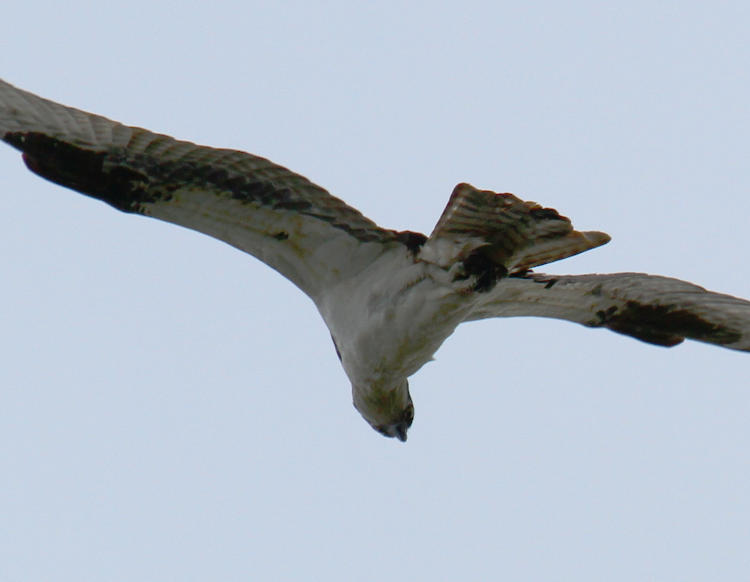
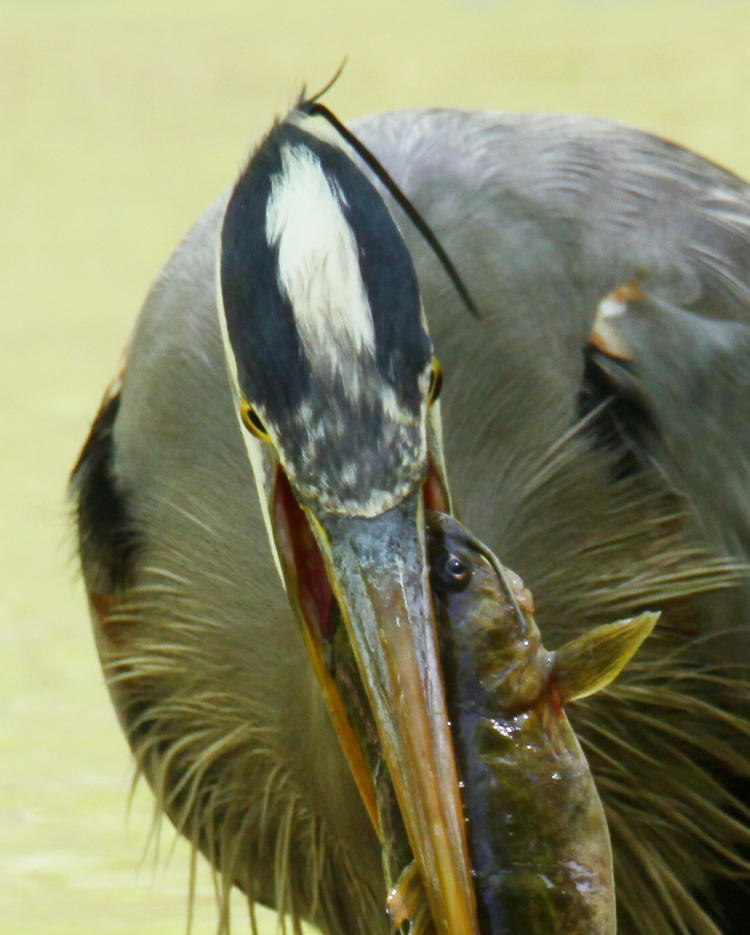




















































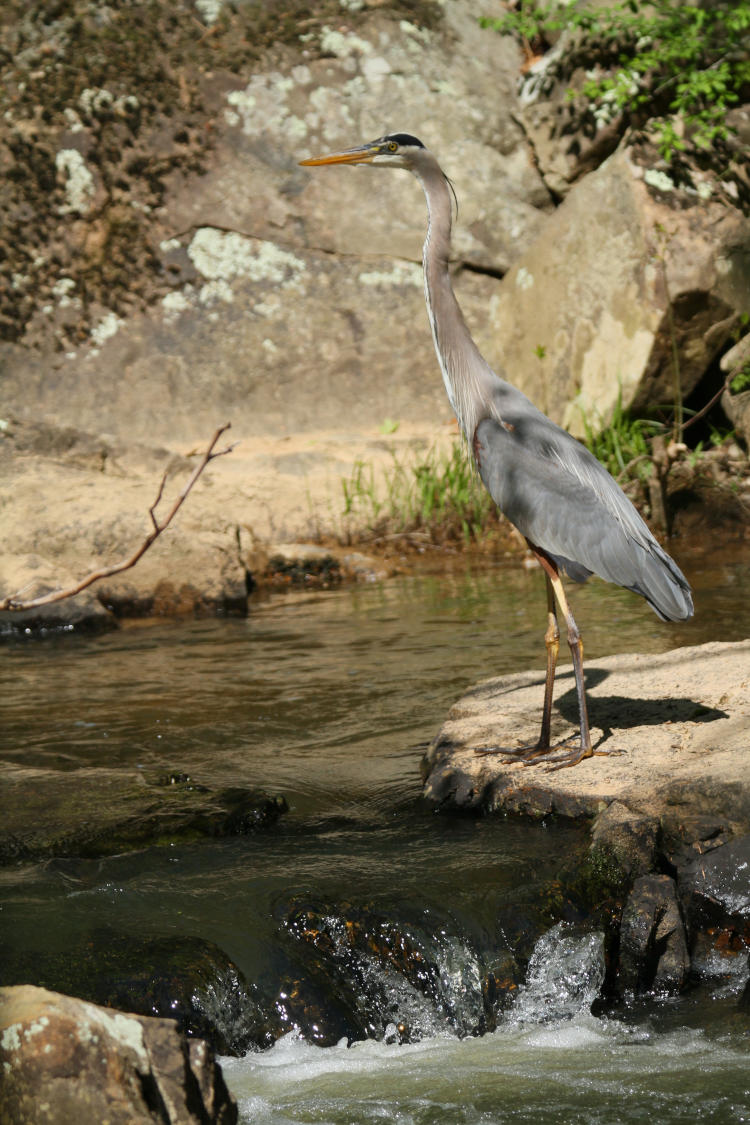



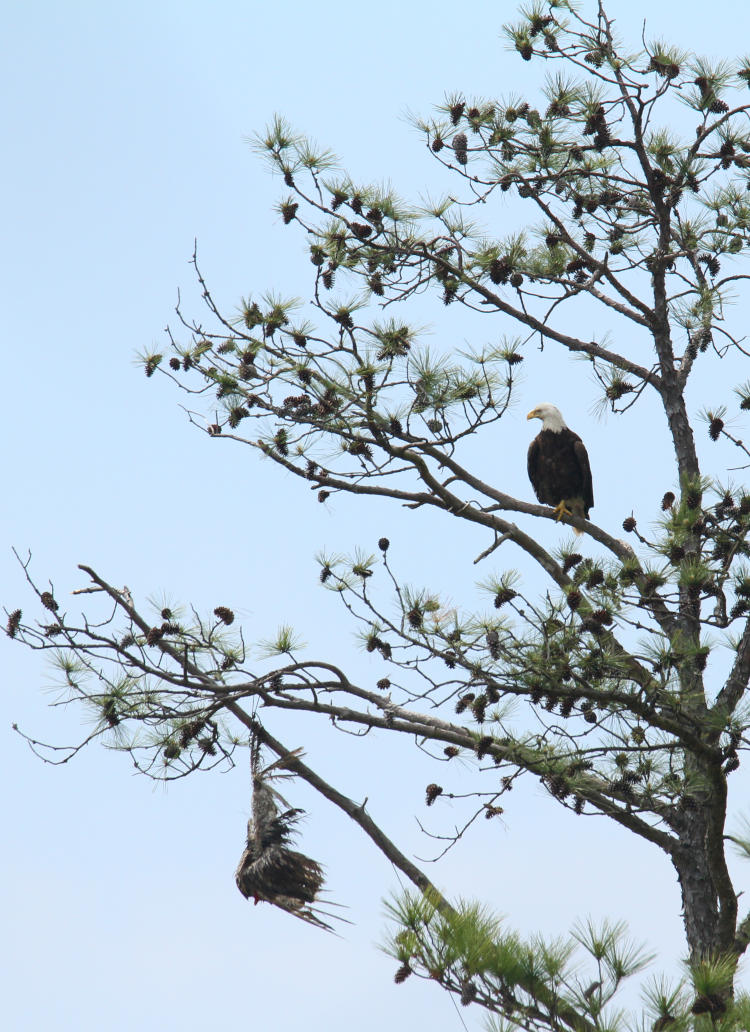
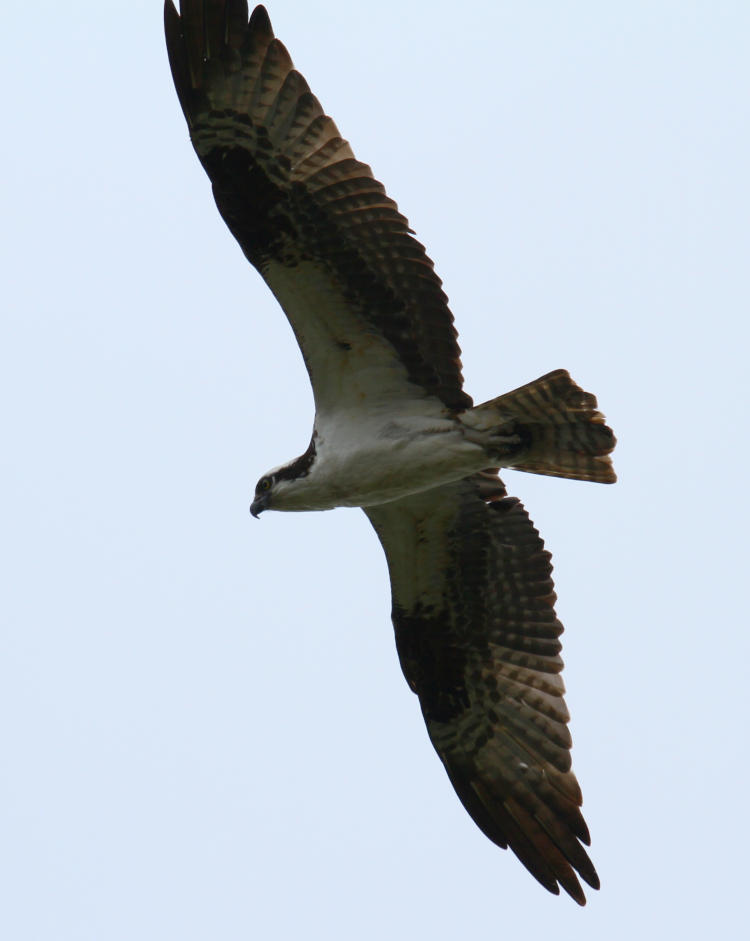
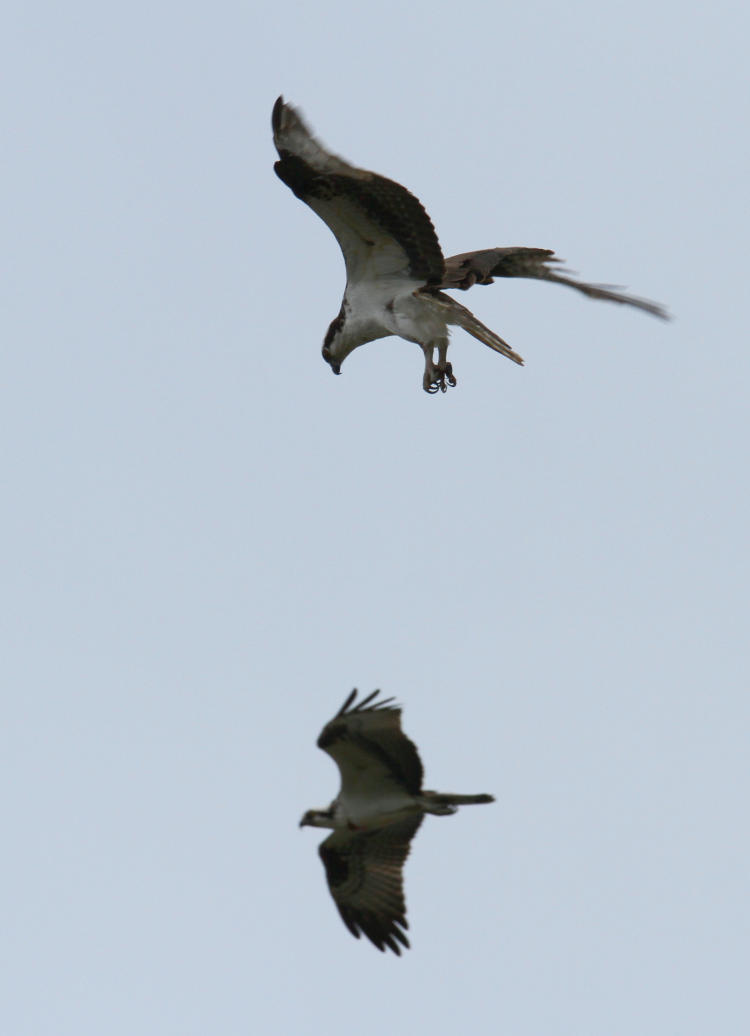

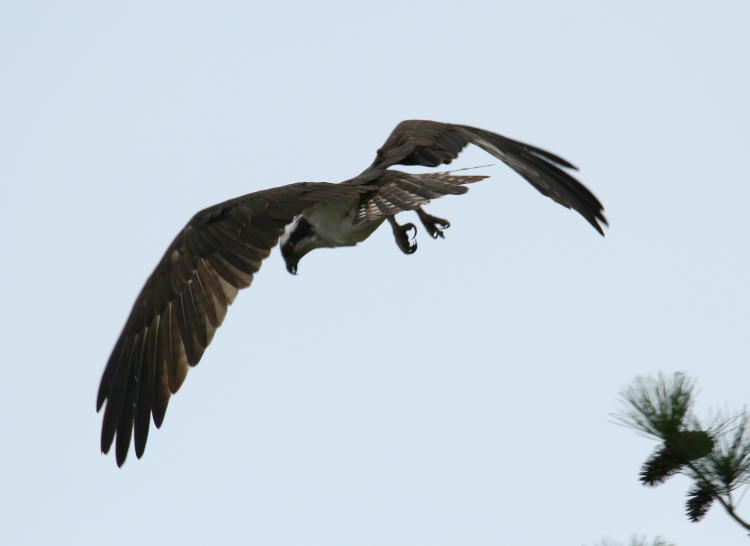
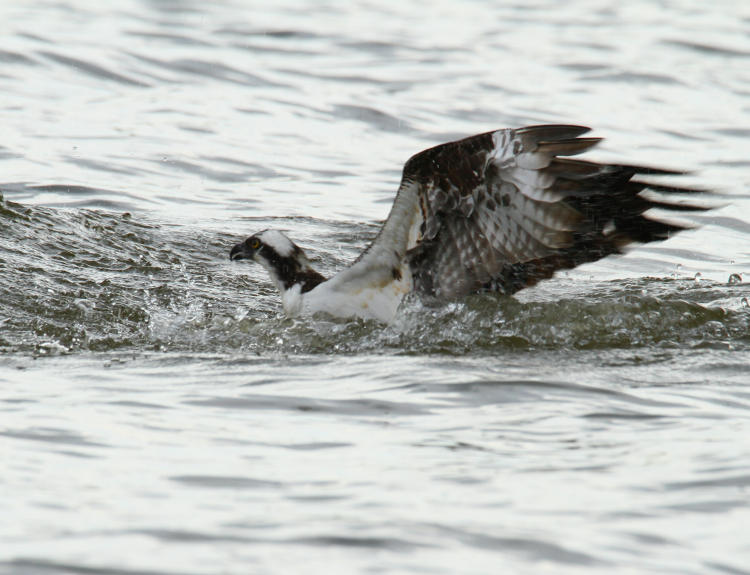
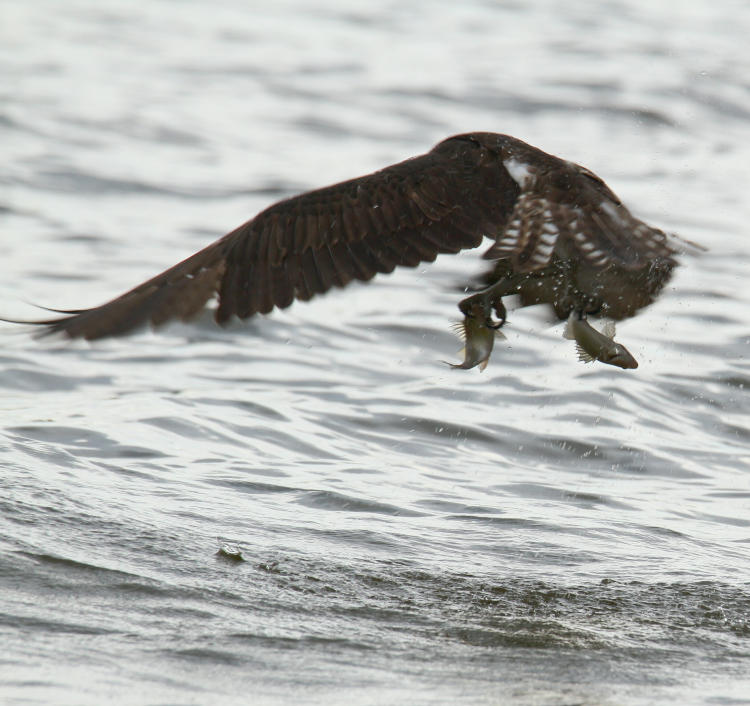
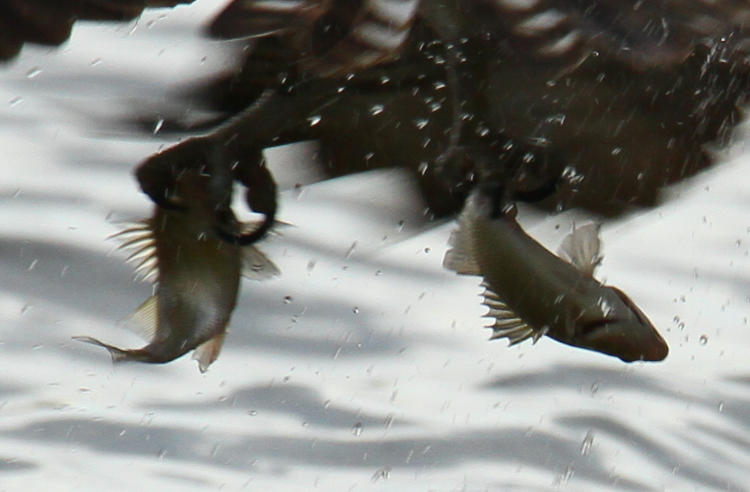
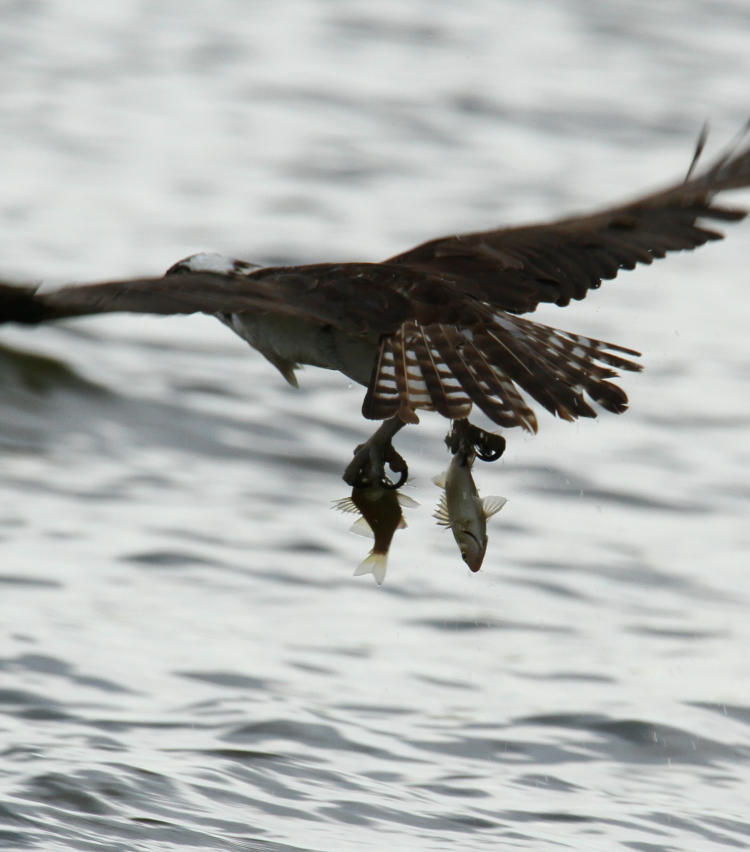


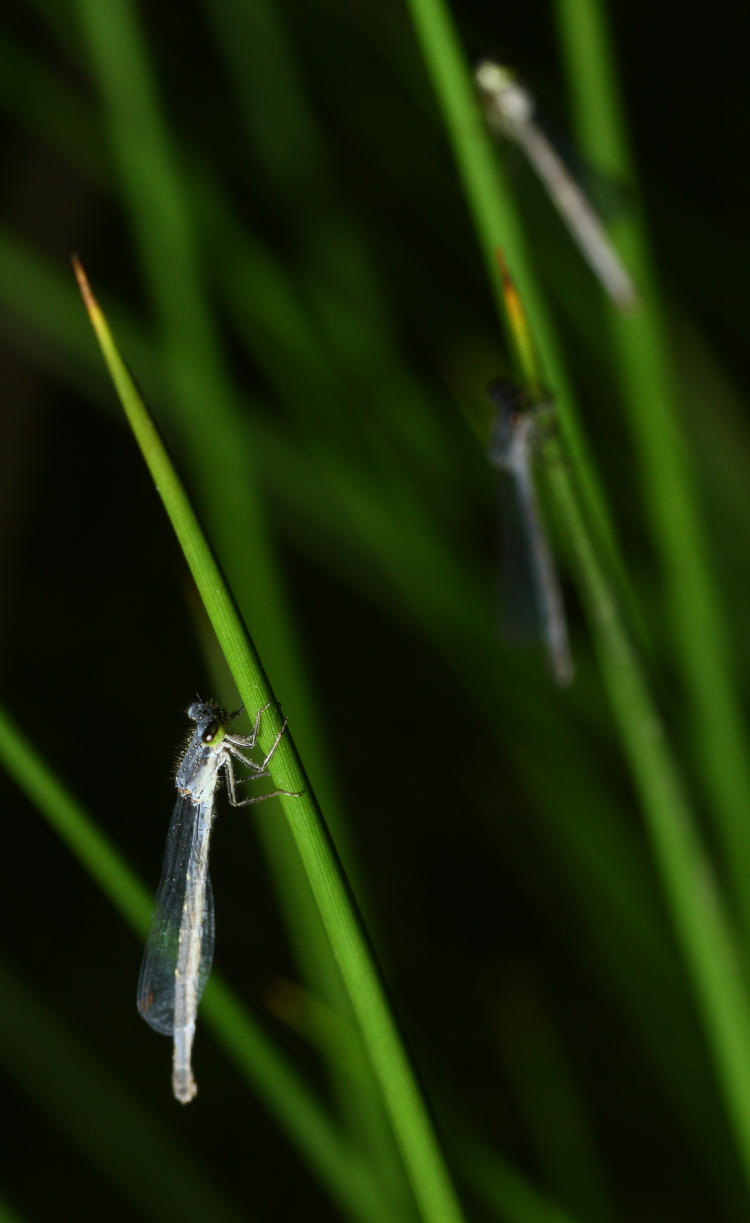

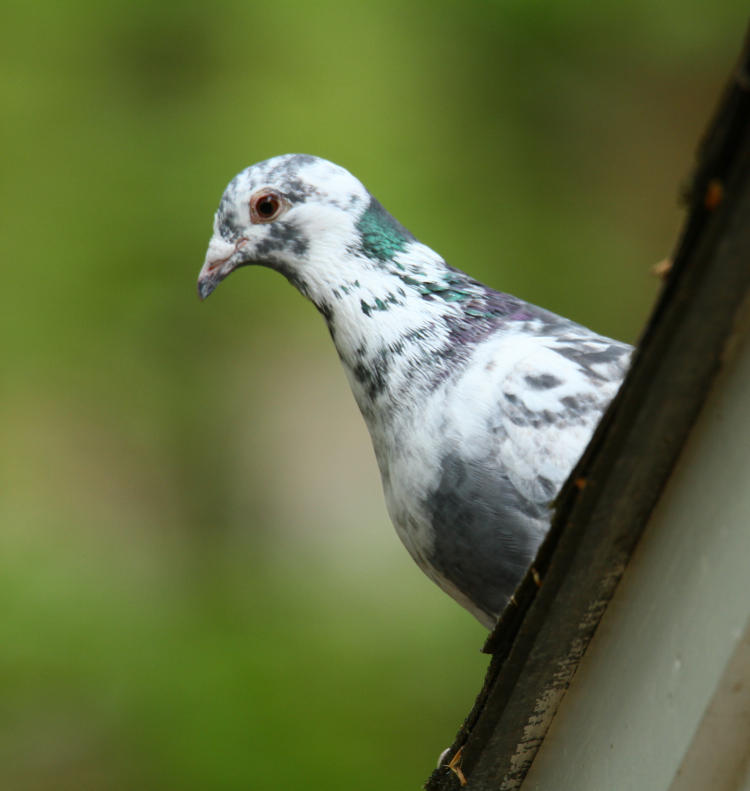
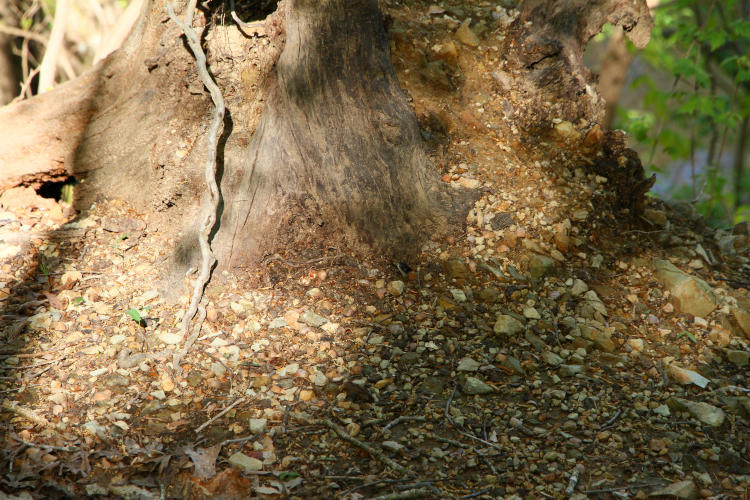

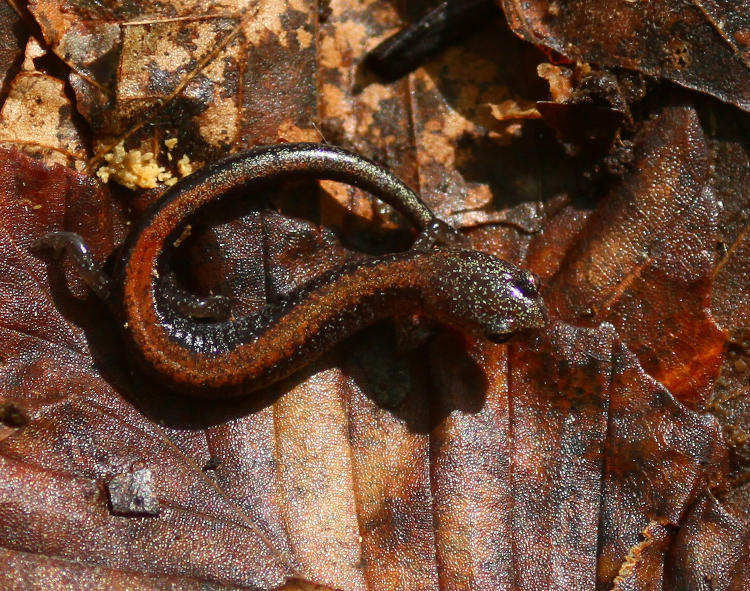
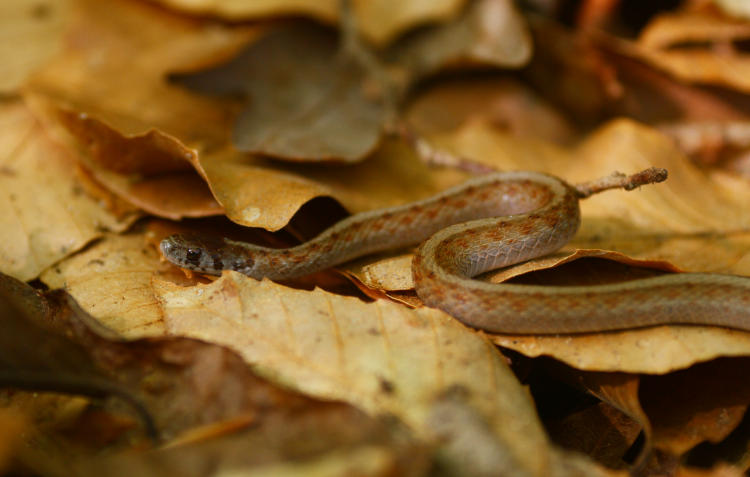
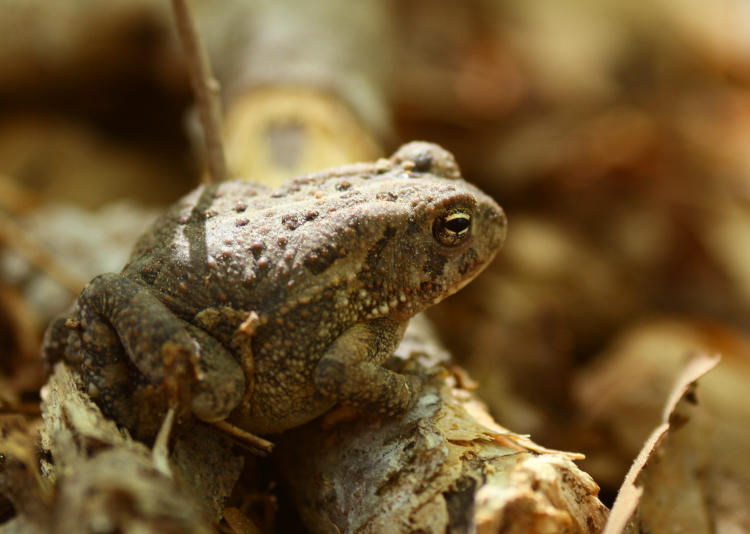
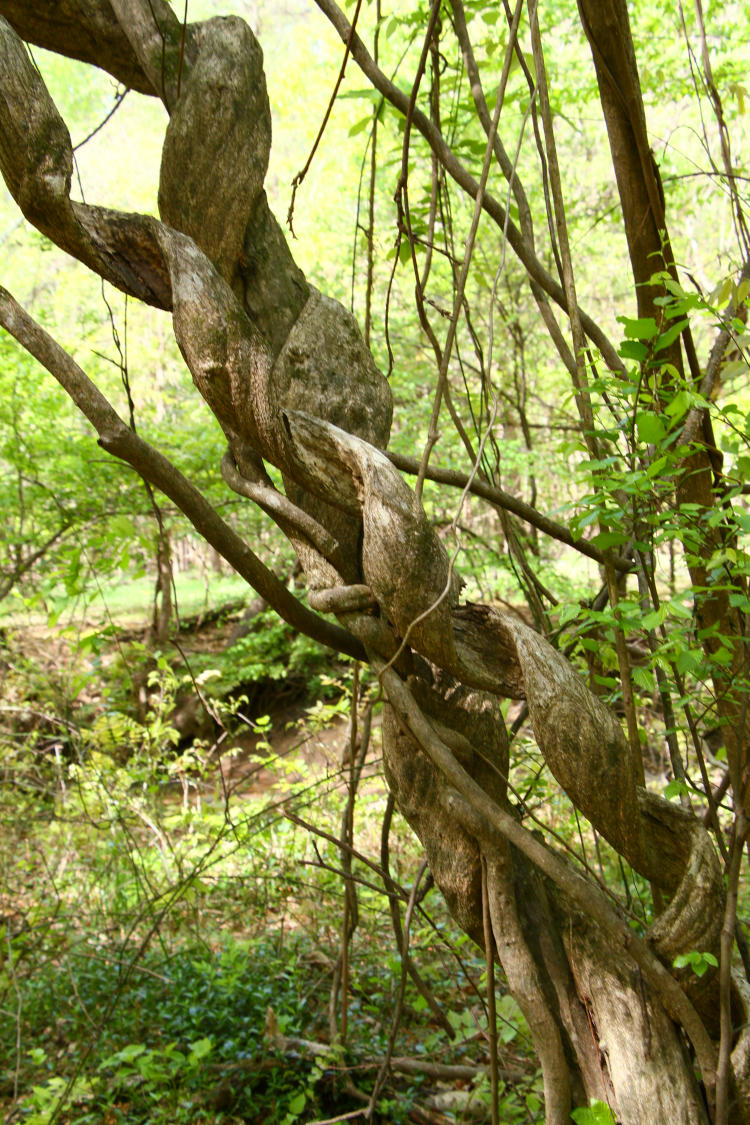
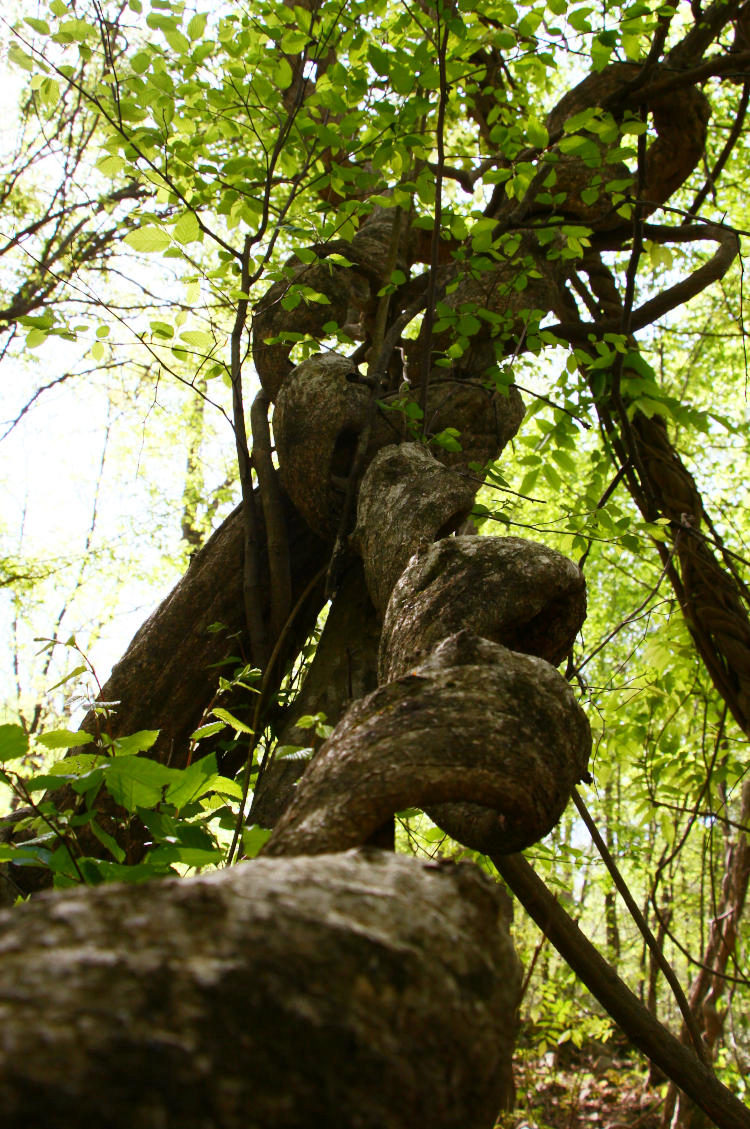

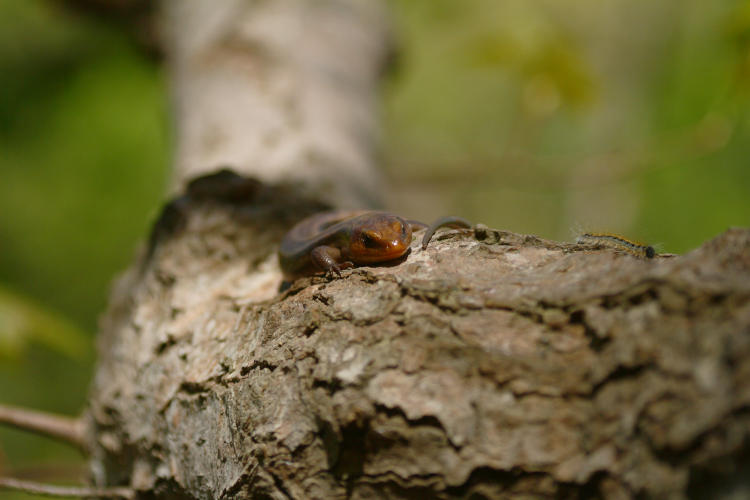
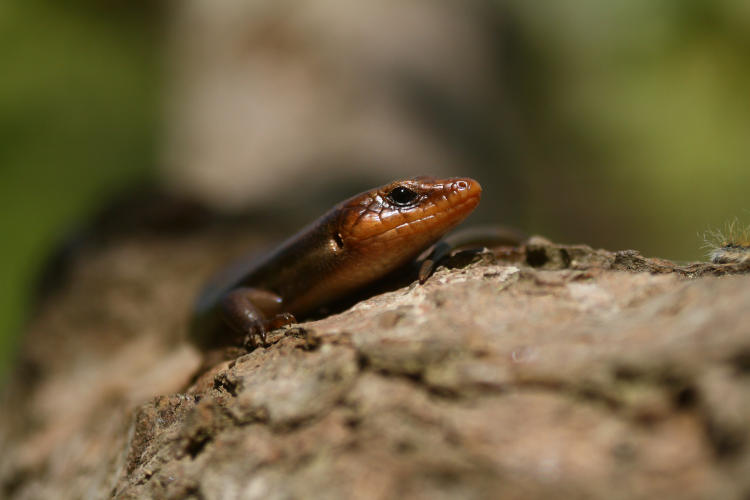
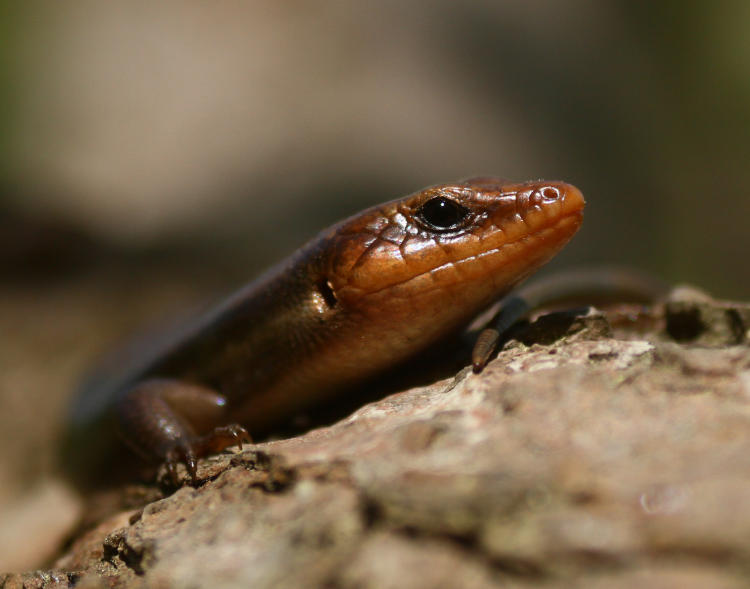


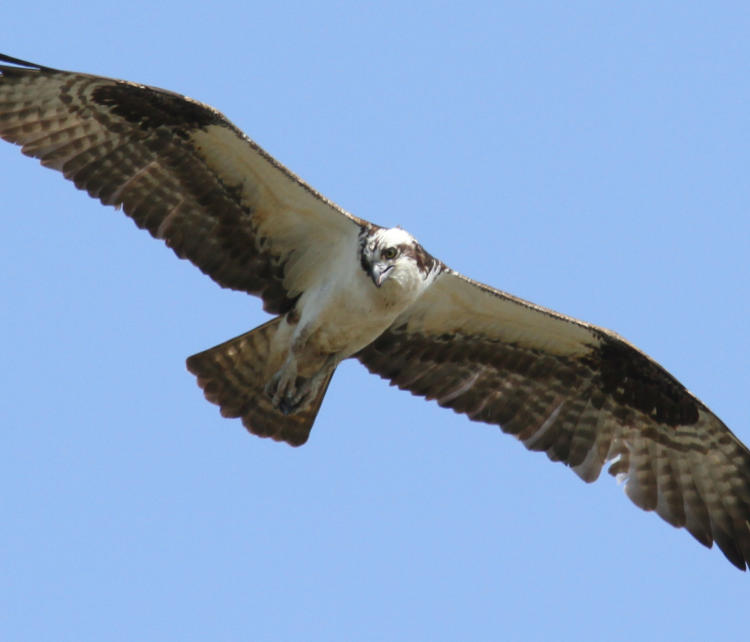
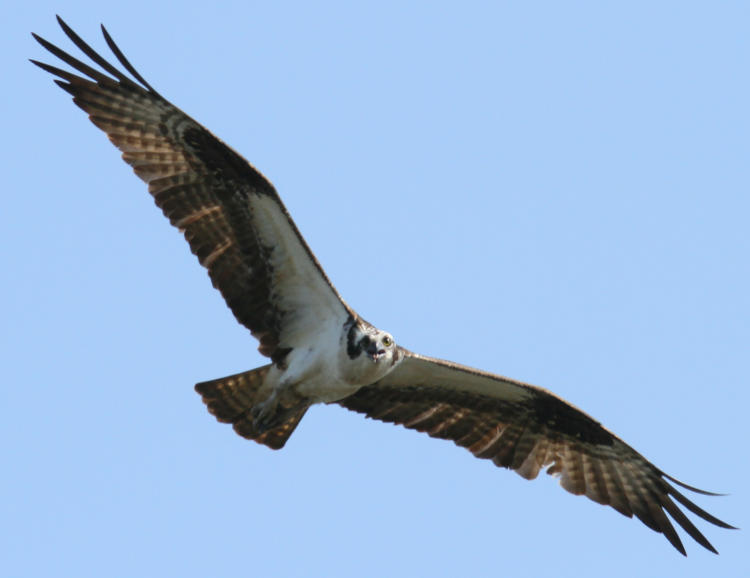
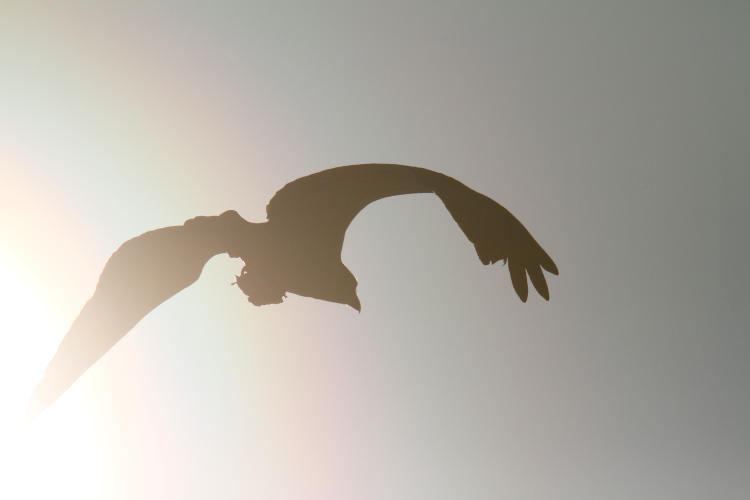
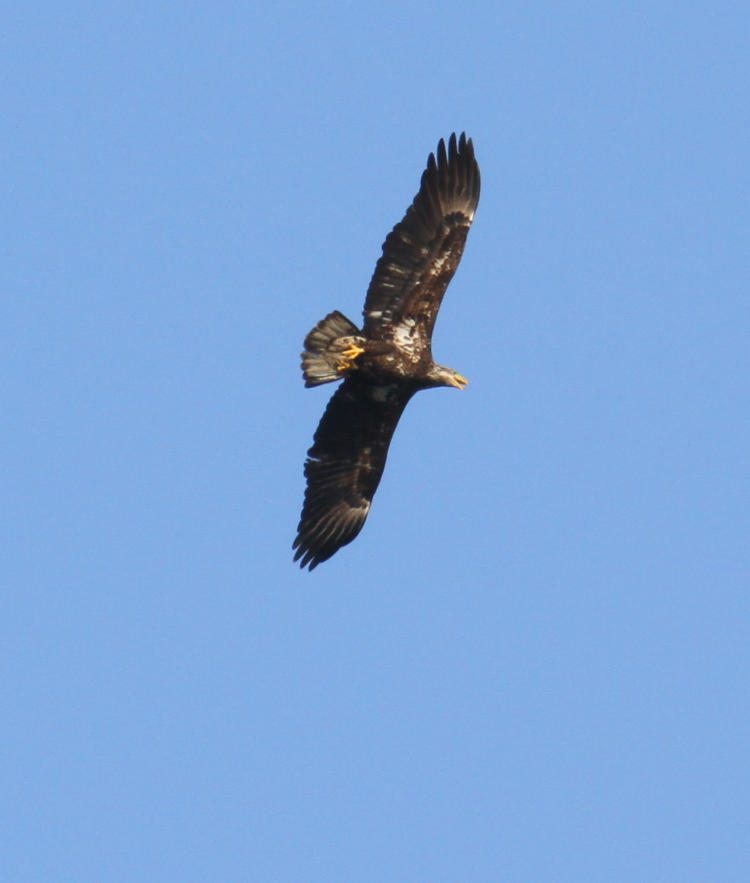
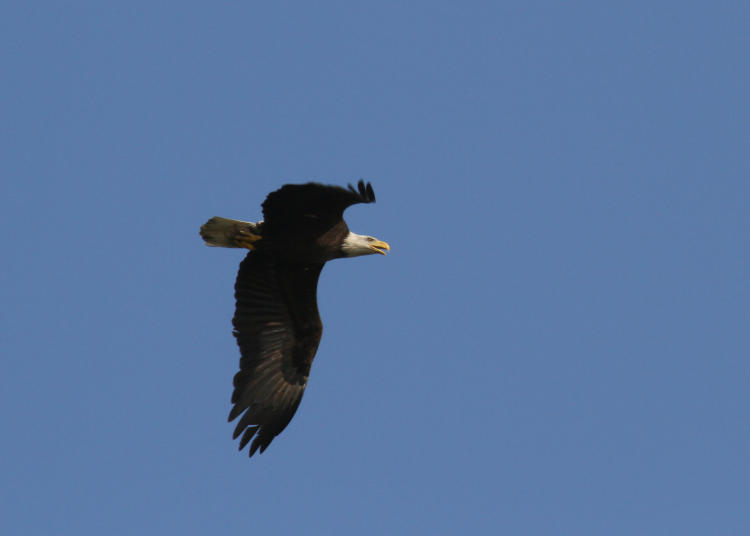
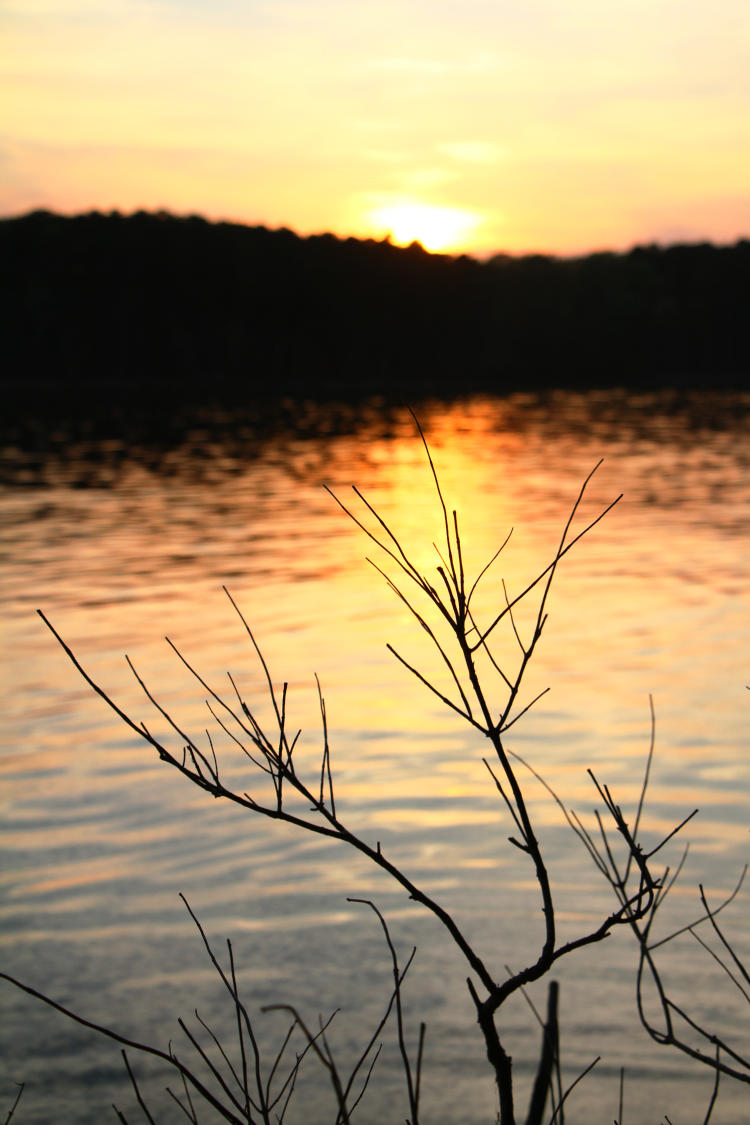
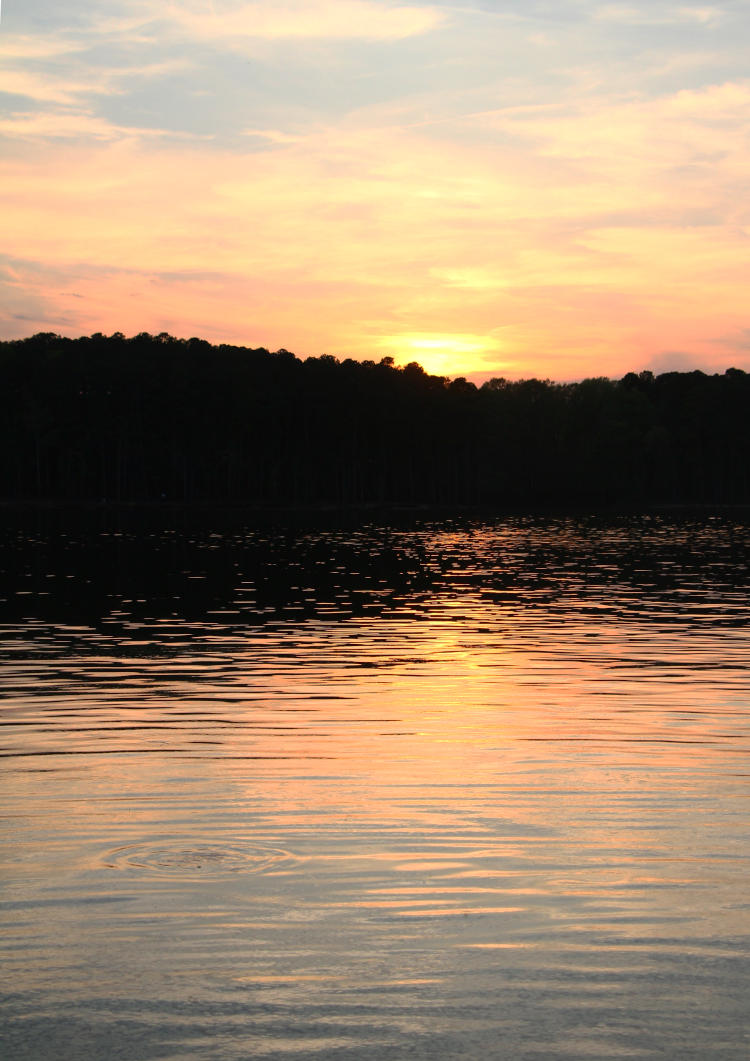
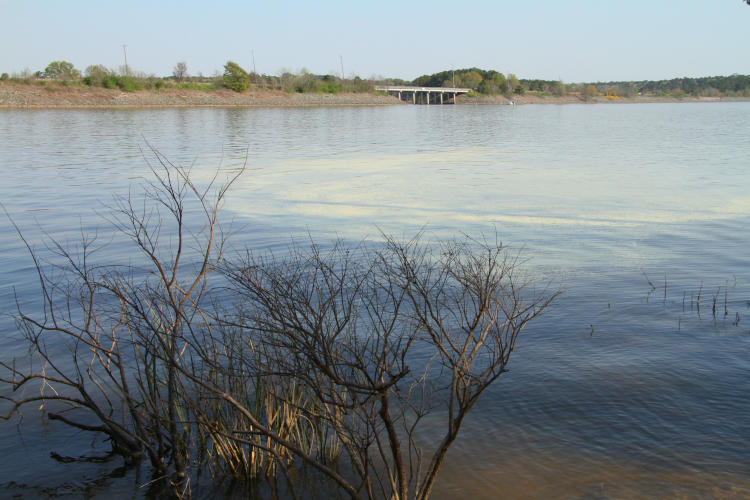
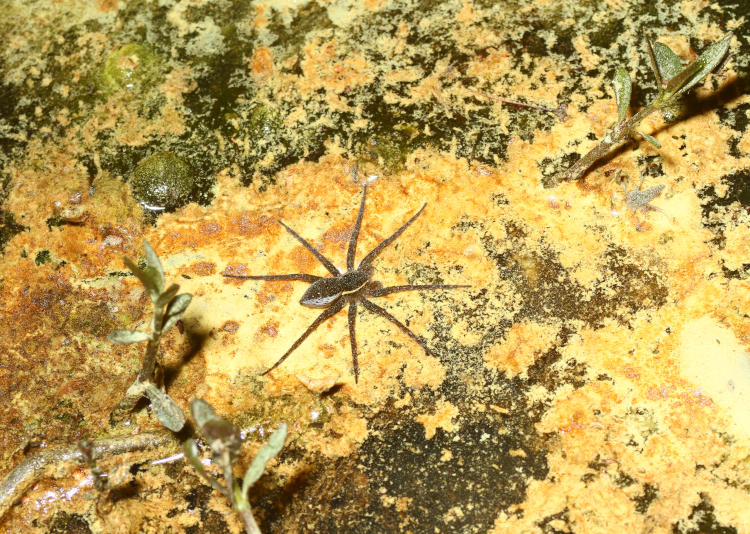

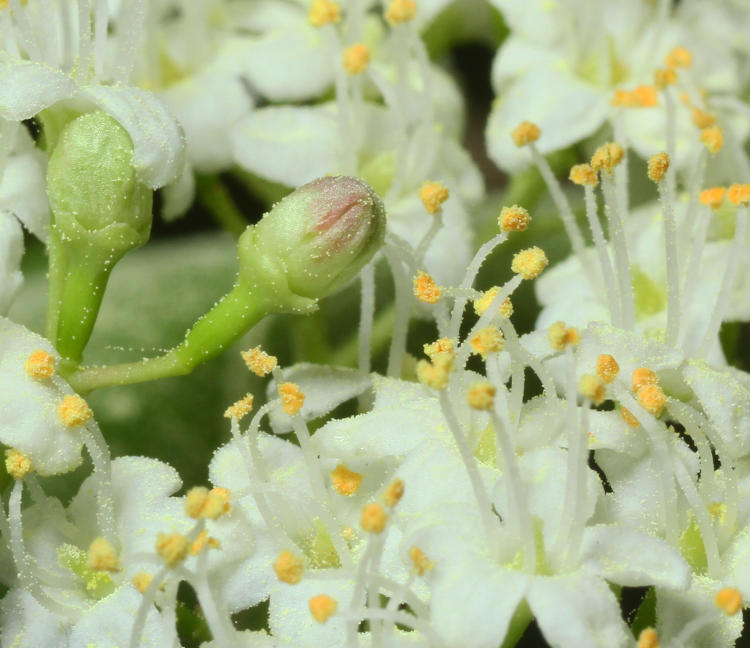

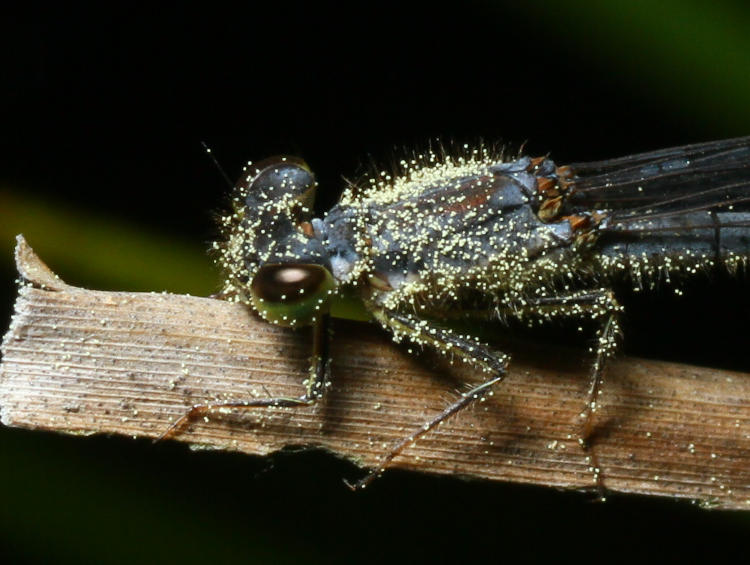

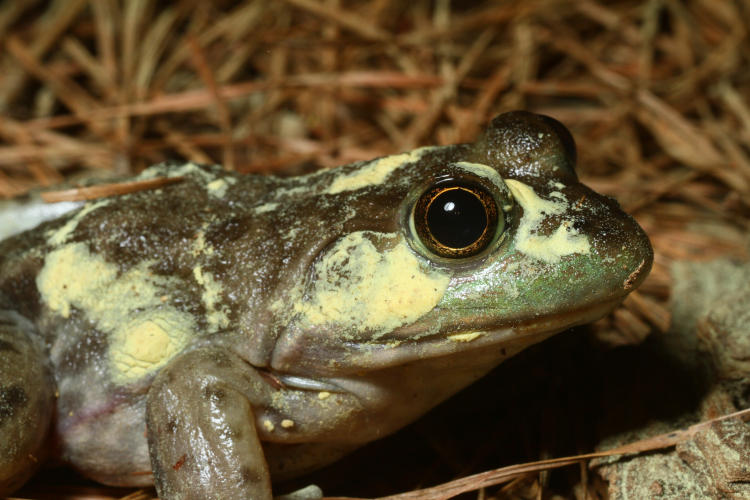
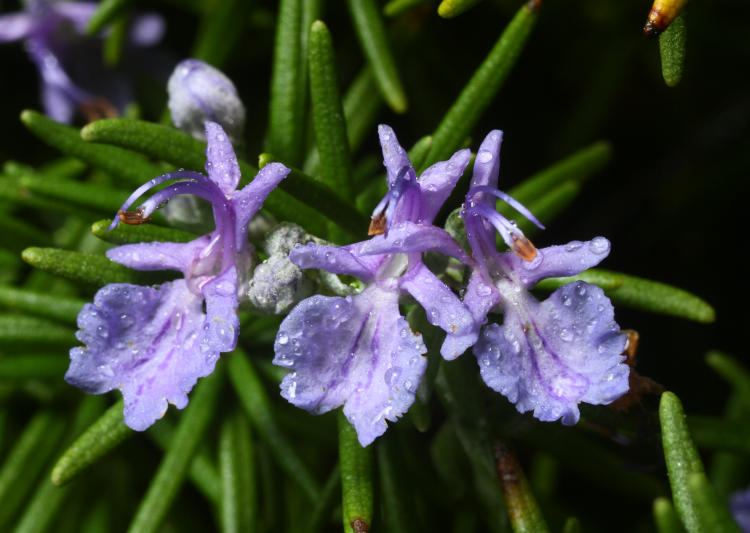
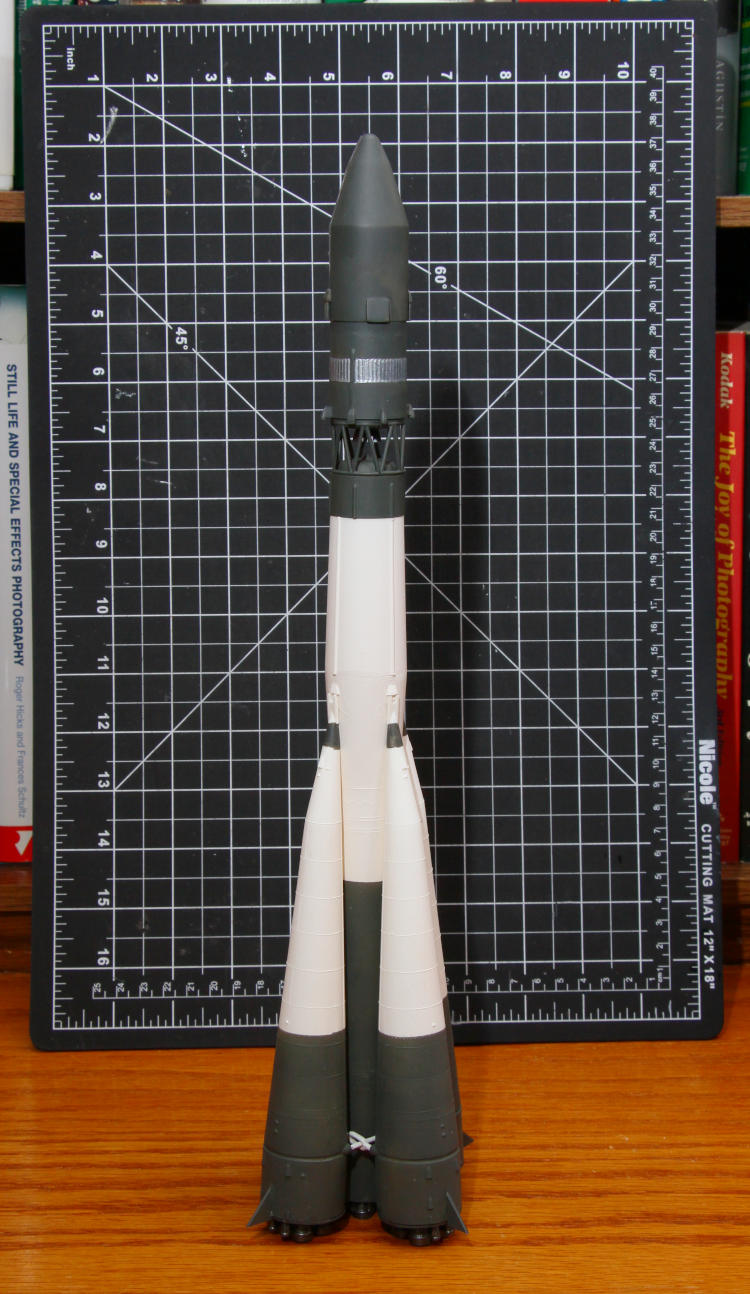
 I had to do a bit of searching for photos of the real thing, of which there are few (as in, just one of the launch itself) to try and get some details correct, and at 1/100 scale, it stands 38cm tall. This particular kit featured a semi-detailed orbital capsule, which also took a few searches to get the details of – this is what modellers do. I didn’t go nuts with it, because if I wanted to do fine detail it wouldn’t be for something so small, but I did end up adding some stuff to the capsule beyond what the kit provided.
I had to do a bit of searching for photos of the real thing, of which there are few (as in, just one of the launch itself) to try and get some details correct, and at 1/100 scale, it stands 38cm tall. This particular kit featured a semi-detailed orbital capsule, which also took a few searches to get the details of – this is what modellers do. I didn’t go nuts with it, because if I wanted to do fine detail it wouldn’t be for something so small, but I did end up adding some stuff to the capsule beyond what the kit provided.